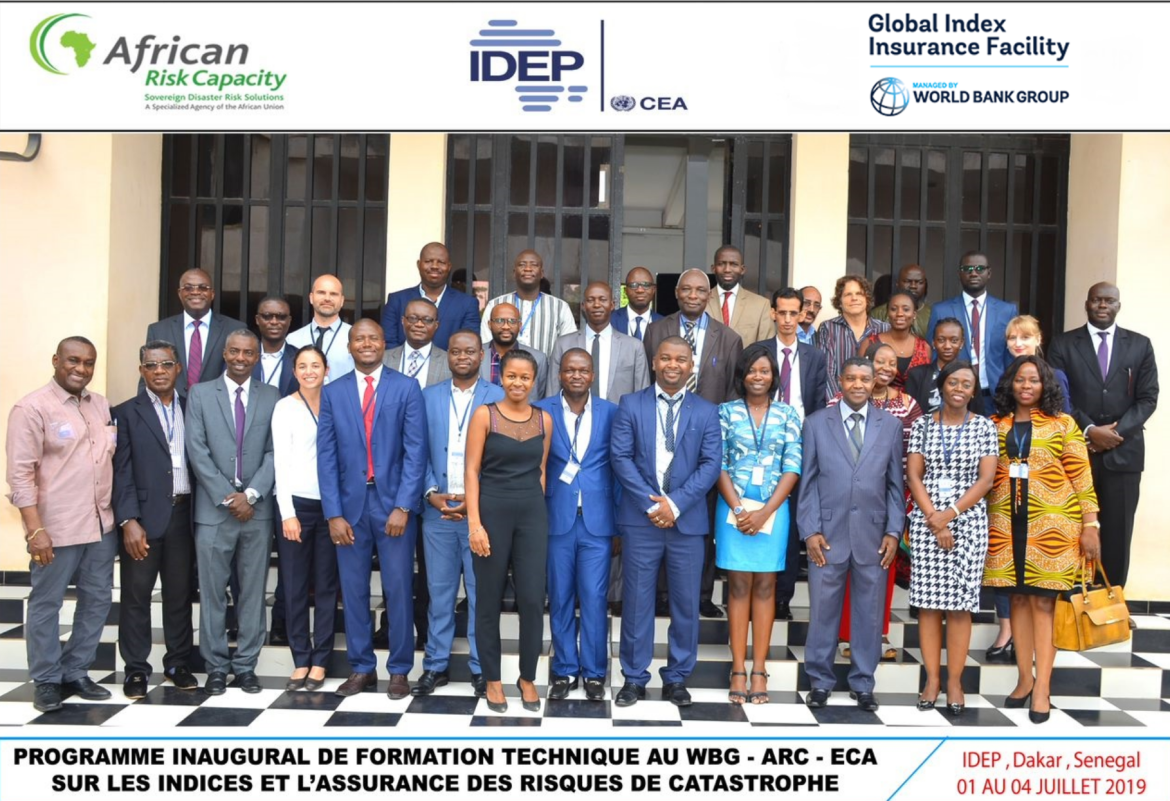Search

Dakar, Senegal, June 24, 2019— IFC, a member of the World Bank Group, together with the African Union’s African Risk Capacity agency and the United Nations Economic Commission for Africa today opened a two-week training event on index and disaster risk insurance. The training will help African governments, the private sector, and the international community carry out financial planning to protect vulnerable populations against climate shocks, disasters, and other crises. Index and disaster risk insurance products help protect agribusinesses, farmers, and other low-income populations against
In Ghana, as in most developing countries, agriculture is dominated by smallholder subsistence farming. About 90% of farm holdings in Ghana are less than 2 hectares in size, contributing 80% of total agricultural output in the country (MoFA 2017a). While these smallholder farmers have learnt over the years to cope with various risks through diversification of their income sources, their limited livelihood safety nets do not make them immune to the impact of unexpected financial losses resulting from natural disasters such as floods, pests and drought. In the event of such disasters, most
Climate change has direct socio-economic impacts on sectors and systems such as agriculture, forestry, fisheries, water resources, human health, human settlements and ecological systems, and hence affects livelihoods in developing countries.In order to prepare adequately for these climate extremes and their associated disasters, there is the need as a country to have an efficient climate risk management system. Such a system should include the provision of appropriate short training programmes for National Disaster Management Organization (NADMO) and its sister institutions on climate induced
The high transaction costs of serving low-income clients in developing and emerging market economies demand innovative and technological advancements. Challenges that inflate operational costs include data collection, processing and management, premium payment mechanisms as well as claims verification and settlement. Index insurance products, mobile payment devices or more accurate weather and agricultural-yield information based on satellite data are examples of innovative approaches that can help to overcome these challenges.
To help protect small-holder farmers, the Government of India has been supporting the implementation of both area-yield and weather index insurance. The use of indexes as a proxy to incurred losses in the weather based crop insurance scheme (WBCIS) in 2007, the Modified NAIS (mNAIS) in 2010, and the Pradhan Mantri Fasal Bima Yojana (PMFBY) scheme in 2016 were implemented to replace costly individual loss adjustments that made agricultural insurance for small-scale farmers unviable.
Insurance products can only contribute to reducing vulnerability if clients can make effective use of them. This means (potential) clients need to be able to make informed decisions. Benefits, cost structures, consumer rights and responsibilities have to be communicated transparently and comprehensively in order to build and sustain trust. Financially sound insurance providers need to offer appropriate, transparent and cost-effective risk management products that guarantee coverage and services to which they adhere. This also includes a diversified product portfolio that is tailored towards
Sustainable insurance solutions for agricultural and climate risks require a joint effort from both the public and the private sector: the partners need to cooperate and commit to facilitating a development process. Private insurance companies design appropriate insurance products, establish administrative processes and carry the risk. They invest financial and human resources and commit themselves to the agricultural and climate risk insurance markets. Government support that goes beyond creating an enabling regulatory environment can be critical to the sustainability of such systems.
Sustainable insurance solutions for agricultural and climate risks require a joint effort from both the public and the private sector: the partners need to cooperate and commit to facilitating a development process. Private insurance companies design appropriate insurance products, establish administrative processes and carry the risk. They invest financial and human resources and commit themselves to the agricultural and climate risk insurance markets. Government support that goes beyond creating an enabling regulatory environment can be critical to the sustainability of such systems.
